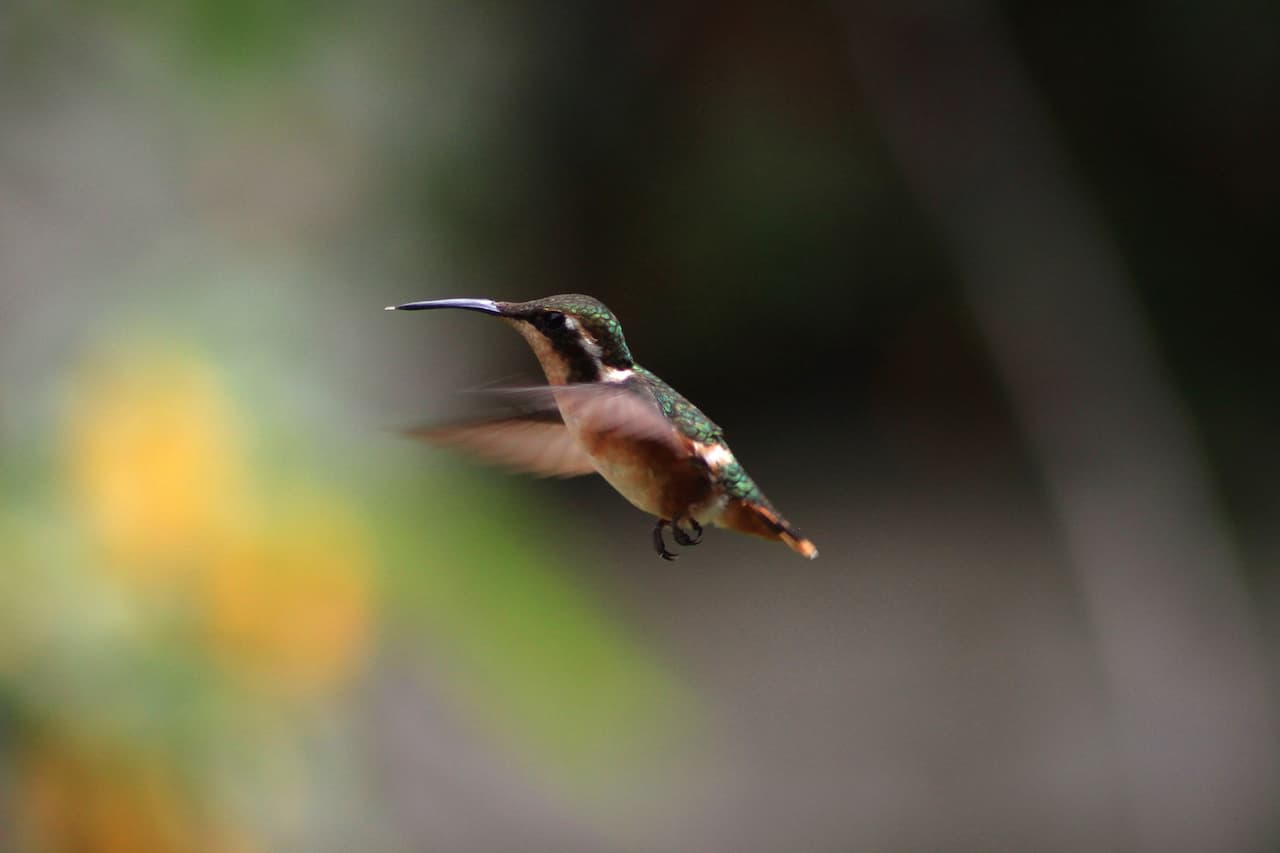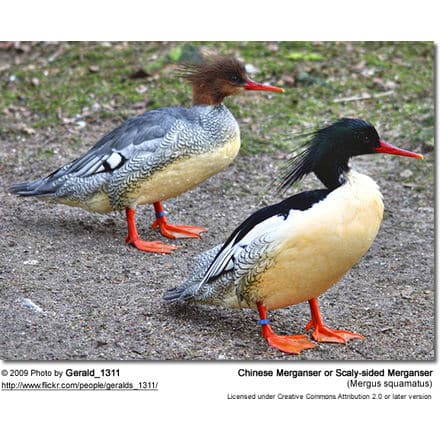Curlew Sandpiper
The Curlew Sandpiper, Erolia or Calidris ferruginea, is a small wader. It is a fairly unusual species that may be close to the Stilt Sandpiper. DNA sequence data, however, is insufficient to resolve its relationships (Thomas et al., 2004).
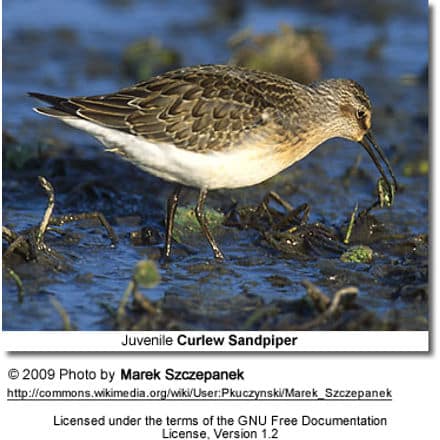
This matter is of taxonomic relevance, as the Curlew Sandpiper is the original type species of the proposed genus Erolia, and thus a more distant relationship with the small “stint” sandpipers would preclude the use of Erolia for the latter group.
This species occasionally hybridizes with the Sharp-tailed Sandpiper and the Pectoral Sandpiper, producing the presumed “species” called “Cooper’s Sandpiper” (“Calidris” × cooperi) and “Cox’s Sandpiper” (“Calidris” × paramelanotos), respectively.
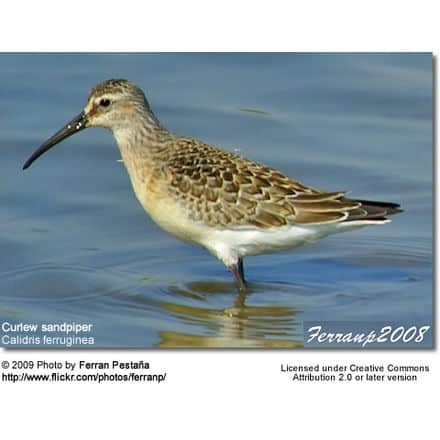
Breeding / Nesting
This species’ breeding habitat is tundra in arctic Siberia. The male performs an aerial display during courtship. They nest on the ground in the tundra, laying 3–4 eggs.
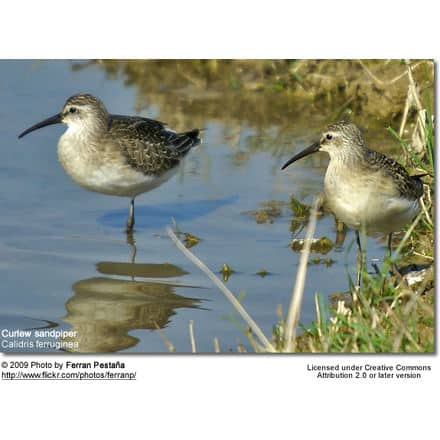
Distribution / Range
The Curlew Sandpiper is strongly migratory, wintering mainly in Africa, but also in south and southeast Asia and in Australasia. It is a vagrant to North America.
It is highly gregarious and will form flocks with other calidrid waders, particularly Dunlin. Despite its easterly breeding range, this species is regular on passage in western Europe, presumably because of the southwesterly migration route.
The numbers of this species (and of Little Stint) depend on the population of lemmings. In poor lemming years, predatory species such as skuas and Snowy Owls will take arctic-breeding waders instead.
Diet / Feeding
These birds forage in soft mud on marshes and the coast, mainly picking up food by sight. They mostly eat insects and other small invertebrates animals without internal skeletons, such as larvae, earthworms, millipedes, snails, and spiders).
Description
These birds are small waders, only slightly larger than Dunlin at 19.5–21 cm in length, but differ from Dunlin in having a longer down-curved bill, longer neck and legs, and a white rump.
The breeding adult has patterned dark grey upperparts and brick-red underparts. In winter, this bird is pale grey above and white below and shows an obvious white supercilium (line above eye). Juveniles have a grey and brown back, a white belly, and a peach-colored breast.
Status
The Curlew Sandpiper is one of the species to which the Agreement on the Conservation of African-Eurasian Migratory Waterbirds (AEWA) applies.


